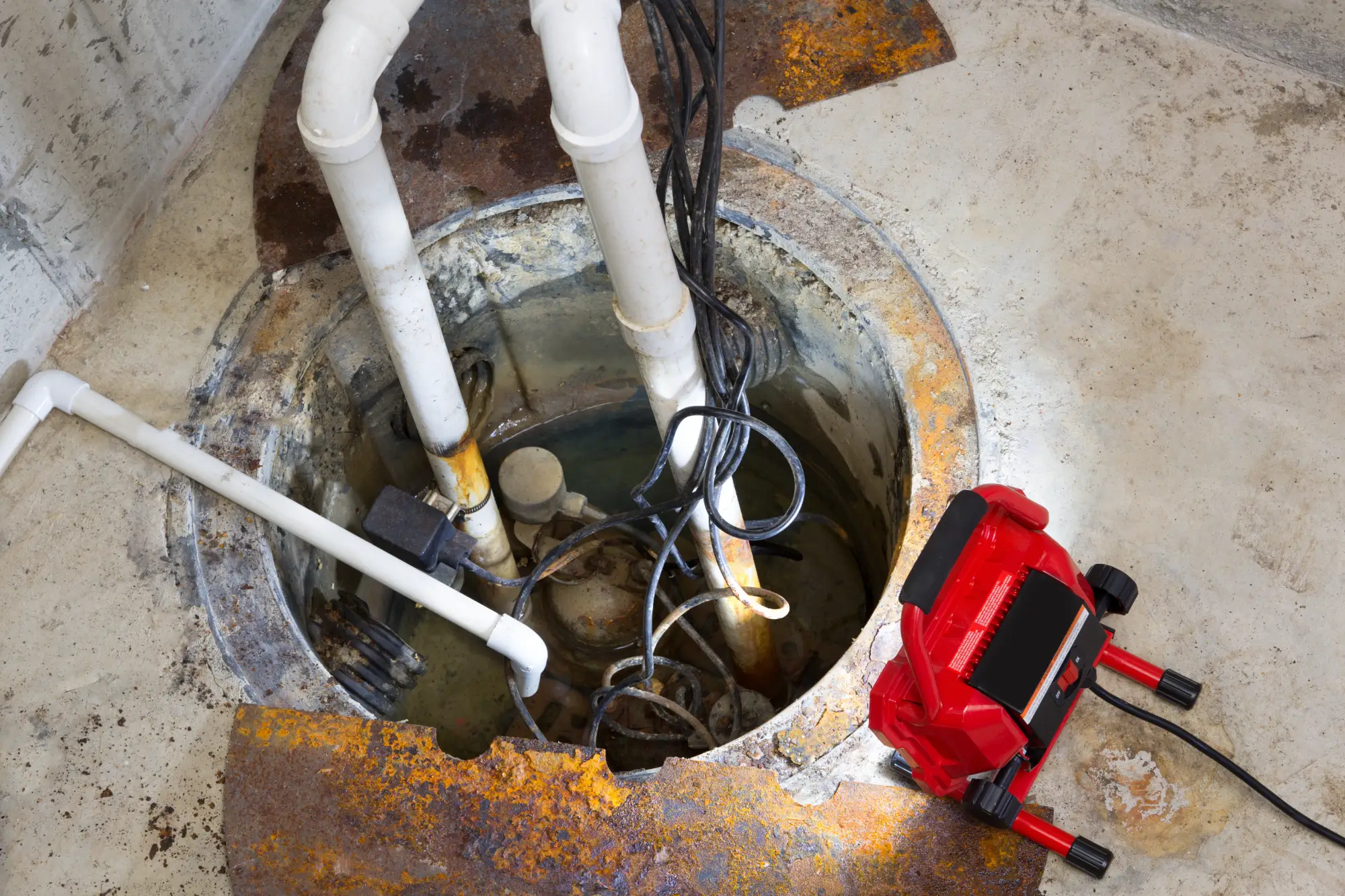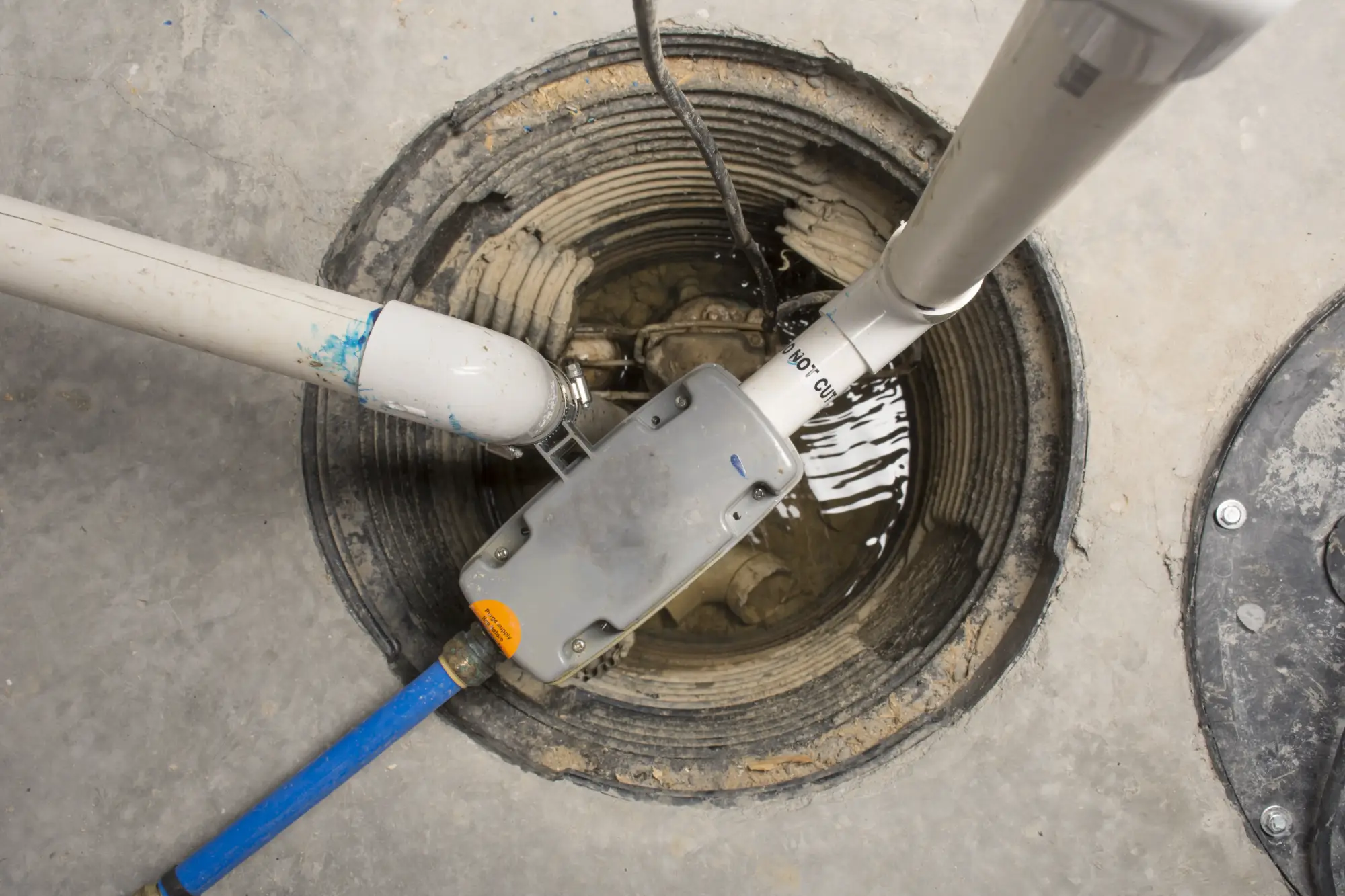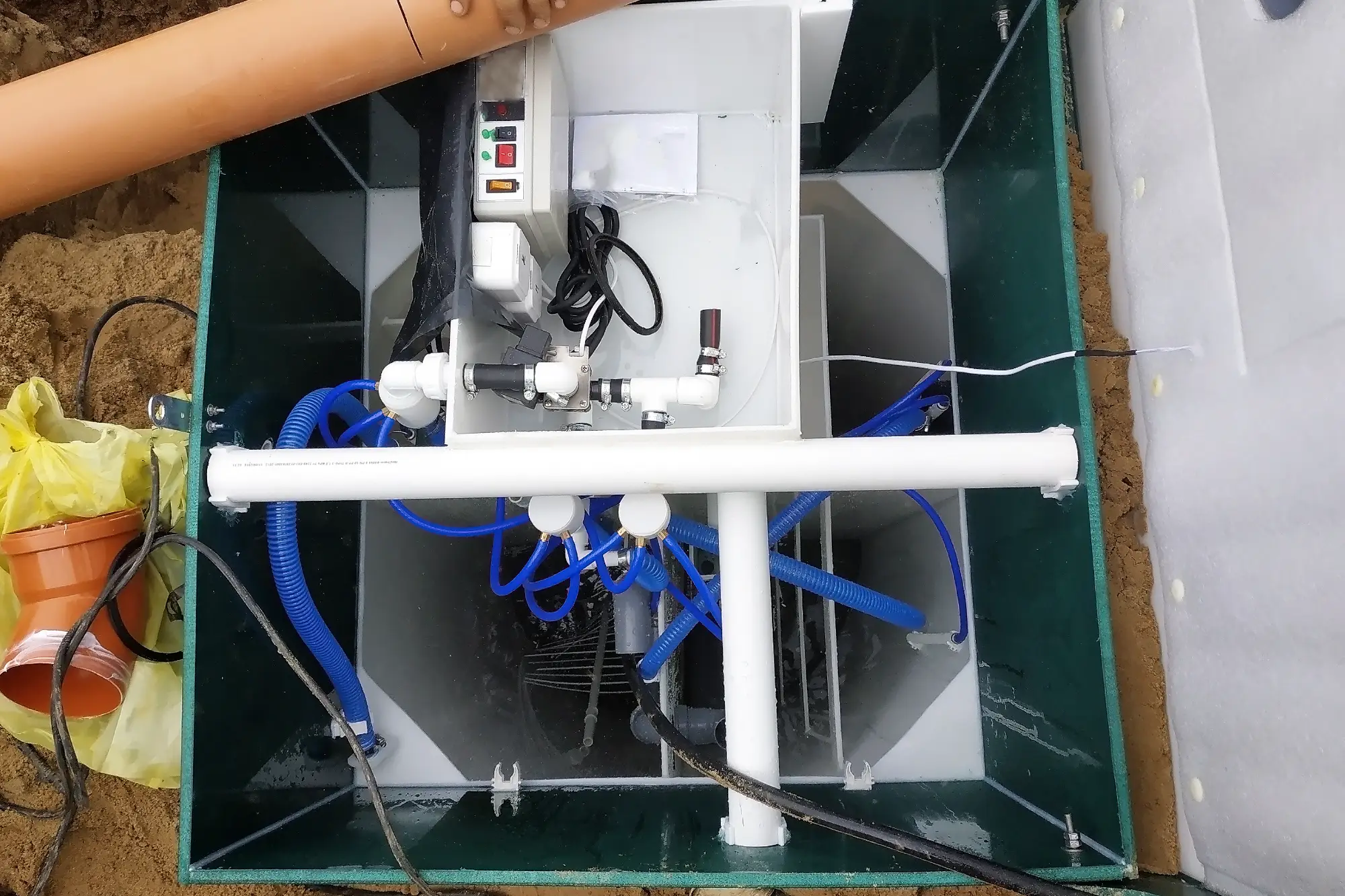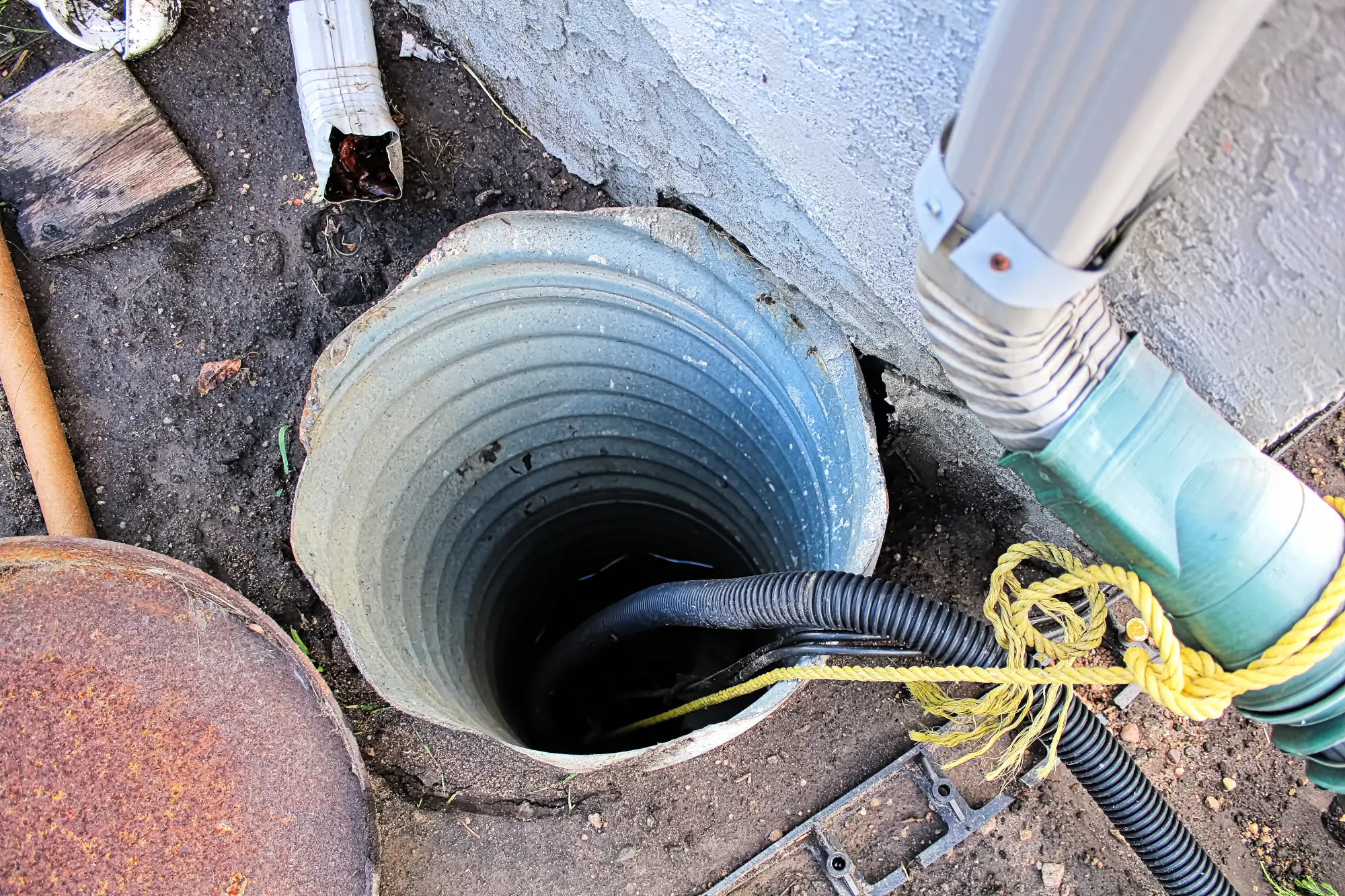Sump Pump Installation in Bethpage, NY
Basement Protection That Actually Works
Custom sump pump systems designed for Long Island’s unique challenges and your peace of mind.

Hear About Us

Reliable Basement Sump Pump Systems
You shouldn’t have to check your basement every time it rains hard. A properly installed sump pump system handles the water before you even know it’s there.
When your basement stays dry, everything changes. Your stored belongings stay safe. That finished basement remains usable. The musty smell disappears, and you stop worrying about mold growing behind the walls.
The right sump pump installation means you can actually use your basement space. No more moving everything to higher shelves before every storm. No more rushing home during heavy rain to check if everything’s okay. Just a dry basement that works the way it should.
Bethpage Sump Pump Installation Company
Diamond Masonry & Waterproofing has been handling basement water issues across Nassau County for years. We understand how Long Island’s clay soil and high water table create unique drainage challenges that generic solutions can’t handle.
Most contractors treat every basement the same. We don’t. Every home in Bethpage has different water flow patterns, different foundation materials, and different needs. That’s why we custom-fit every sump pump system to work with your specific basement layout and local conditions.
When you’re dealing with your home’s foundation and water protection, you want someone who’s seen it all before and knows what actually works long-term.

Our Sump Pump Installation Process
First, we assess your basement’s specific water issues and drainage patterns. Every basement is different, so we measure water flow, check existing drainage, and identify the best location for maximum effectiveness.
Next, we excavate the sump pit to the proper depth and size for your system. This isn’t just digging a hole – we’re creating a collection point that integrates with your basement’s natural water flow and existing drainage infrastructure.
Then we install your custom sump pump system with proper discharge piping that moves water away from your foundation. We test everything thoroughly, show you how it works, and make sure you understand your new system before we leave. You’ll know exactly what to expect and how to maintain it.

Ready to get started?
Explore More Services
About Diamond Masonry & Waterproofing
Get a Free Consultation
Complete Basement Sump Pump Solutions
Your sump pump installation includes everything needed for reliable basement protection. We handle the excavation, proper pit construction, pump selection based on your basement’s specific needs, and discharge system that moves water safely away from your foundation.
We also integrate your new system with existing basement waterproofing when needed. Sometimes a sump pump alone isn’t enough – you might need drainage improvements or foundation work to create a complete solution that actually prevents water problems instead of just managing them.
Every installation includes system testing, operation walkthrough, and maintenance guidance. You’ll understand how your system works, what to watch for, and how to keep it running properly for years to come.

How do I know what size sump pump I need for my basement?
What happens if my sump pump fails during a storm?
How long does sump pump installation typically take?
Do I need permits for sump pump installation in Bethpage?
How often should sump pumps be maintained or replaced?
Can I install a sump pump myself or should I hire professionals?
Local Resources
- Google Map Link
- Find the Bethpage, NY USPS
- Locate Nearby Bethpage, NY Pharmacies
- View the Current Weather in Bethpage, NY
- Bethpage, NY is located in Nassau county in New York State